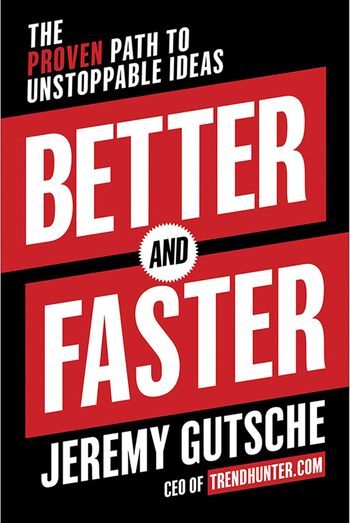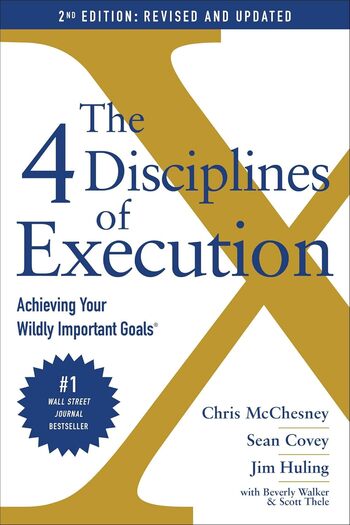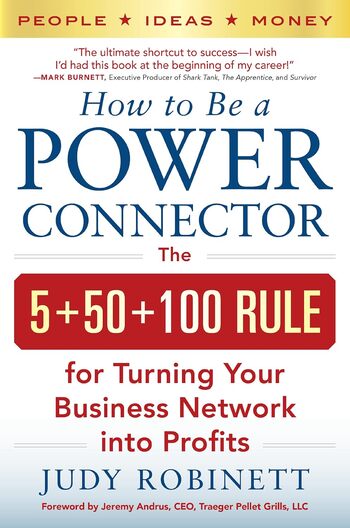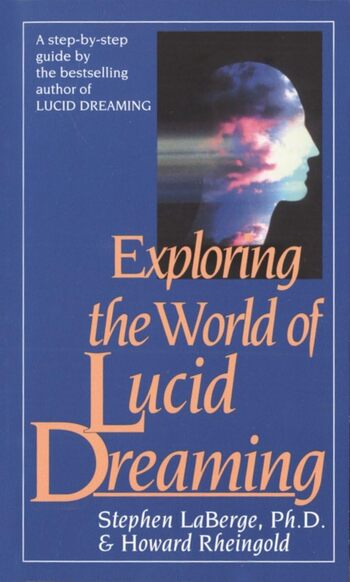
Manufacturing Consent by Chomsky and Hermann reveals how the media manipulates information to serve power interests, acting as a propaganda tool rather than providing objective news.
Main Lessons
- The media is not neutral; it often serves the interests of those in power.
- Media operates as a propaganda system, suppressing alternative viewpoints.
- The Propaganda Model includes five filters: ownership, advertising, sourcing, flack, and anti-communism.
- Ownership leads to media homogeneity, promoting elite interests.
- Advertising revenue influences media content, potentially leading to self-censorship.
- Media reliance on particular sources biases the news, often neglecting diverse viewpoints.
- Flack results in media avoidance of controversial topics due to potential backlash.
- Historical bias against communism affects media portrayal of leftist movements.
- Despite criticisms, the book’s analysis remains relevant in understanding media influence.
- Critics argue the book oversimplifies media dynamics and focuses heavily on American context.
- The media’s portrayal of significant issues can distort public perception.
- Understanding media manipulation is key to becoming more informed, independent thinkers.
- Different media outlets can have varying agendas, showcasing a diversity of viewpoints.








